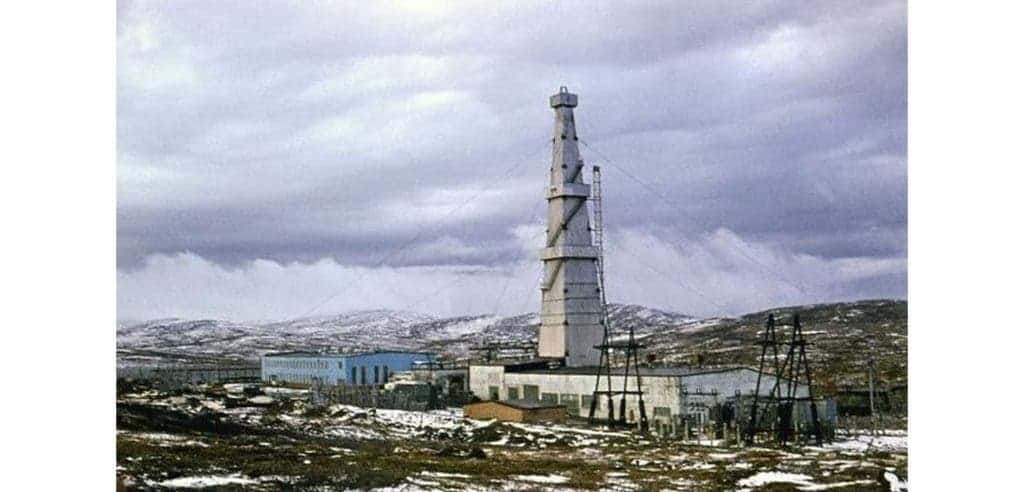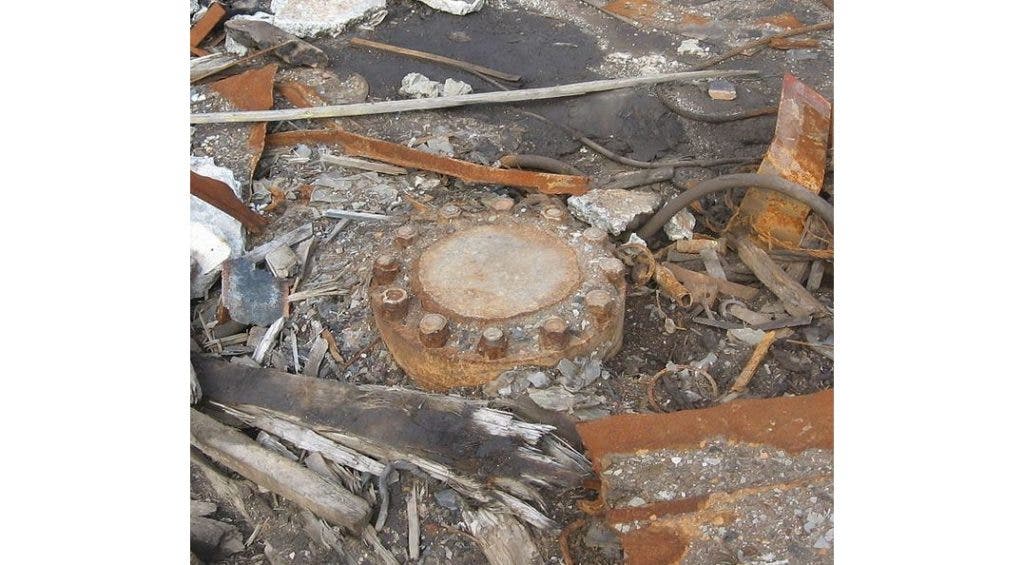In 2015, on the frigid day of December 16, a drilling rig on a ship parked above a seemingly random spot in the Indian Ocean. But the spot wasn’t random, and the mission wasn’t a normal one: they began drilling toward the mantle. The scientists on board work for the International Ocean Discovery Program (IODP). They plan to bore through six kilometers of tough oceanic basalt — the thin, localized Earth’s crust — and then pierce the mantle. No one has ever drilled into the mantle before, but there have been a half dozen serious attempts.

Decades ago, the Russians drilled deeper than anyone has ever gone. Their Kola Superdeep Borehole was started in 1970 and still holds the world record for the deepest hole in the ground, reaching an impressive 12,262 meters (40,230 ft). But they didn’t reach the mantle — not even close.
The Earth’s crust is relatively thin when compared to the entire planet — but it’s still pretty thick compared to human activity. The thickness of the crust isn’t fixed. The average thickness is around 30 km, but it can reach 100 km under large mountain ranges, and beneath the oceans, it can be as thin as 5 km. That’s why, if you want to reach the mantle, your best bet would be to drill in the sea.
The IODP drills under the oceans for multiple reasons; one of these reasons is to understand the structure and processes that guide plate tectonics, as well as the origins of ancient life, risks posed by geohazards, and clues about the Earth’s previous climate. The program conducts scientific ocean drilling expeditions to study the geology and geophysics of the seafloor, as well as the geochemistry and biology of the subsurface. New findings, both in terms of biology and geology, are constantly coming out from the mission.

Going down to the mantle
But the idea of drilling all the way to the mantle is a particularly exciting one.
As the latest mantle drilling project started off the coast of Africa, people are wondering if a billion dollars for the newest hole in the ground is worth the money. We can’t say. We don’t know what the team in the Indian Ocean might learn. But back in the ’70s and ’80s, no one expected the results the Soviets got from their 12,262-metre-deep borehole.
The expedition, called Expedition 360, was only the initial part of a multi-step project. It completed 790 meters of drilling, but that’s just the first step — the IODP plans to keep returning to the site to continue drilling deeper and deeper. Expedition 362 focused on something else, sampling sediments and rocks from the oceanic plate that feeds the Sumatra subduction zone that produced the 2004 earthquake and tsunami, one of the worst natural disasters in history. Expedition 364 analyzed sampled the peak ring of the Chicxulub impact crater, from the asteroid that wiped off the dinosaurs. But among the major initiatives for the next few years is still probing the deep Earth — the geological equivalent of the moonshot missions. Multiple sites are considered for this.
Funding is a big problem, and the technical side of it is also challenging. But the rewards are more than worth it.
Here are 6 unexpected discoveries that already came through from the world’s deepest well:
- There’s a lot of water down there. Hot mineralized water was found almost everywhere along the drill path. Everyone figured that the granite would be as dry as a stone. Who says you can’t get water from a rock?
- To cut miles into the ground, the engineers had to invent a whole new drill. In the past, drillers quickly spun the entire drill stem so the bit at the bottom could chew the bedrock. Before starting, the Soviets calculated that the tubing would weigh over a million pounds. They could never generate enough torque to rotate that much pipe fast enough to drill through kilometers of granite. So, in 1969, the Soviets invented a rotary bit. It spun by sending pressurized mud down the pipe where it blew through a turbine at the drill head, spinning it 80 revolutions per minute. It worked and the system is now used on oil wells.
- The Earth has gas. Unexpectedly, helium, hydrogen, nitrogen, and even carbon dioxide (from microbes) were found all along the borehole.
- There is no basalt under the continent’s granite. This was a huge surprise. Seismic suggested that at 9,000 metres the granite would give way to basalt. It doesn’t. The seismic anomaly that suggested basalt was caused by metamorphosed granite instead. This gave support for plate tectonics, which was a new theory when the Kola Superdeep Borehole was being drilled.
- There are fossils in granite 6,700 meters below the surface. How’d that happen?
- Hell is deeper than 12,262 meters. There’s a persistent rumor that the drilling ended in 1992 because scientists pierced a super-hot cavity and heard the screams of damned souls. Not likely. For that, they probably needed to actually reach the mantle.



